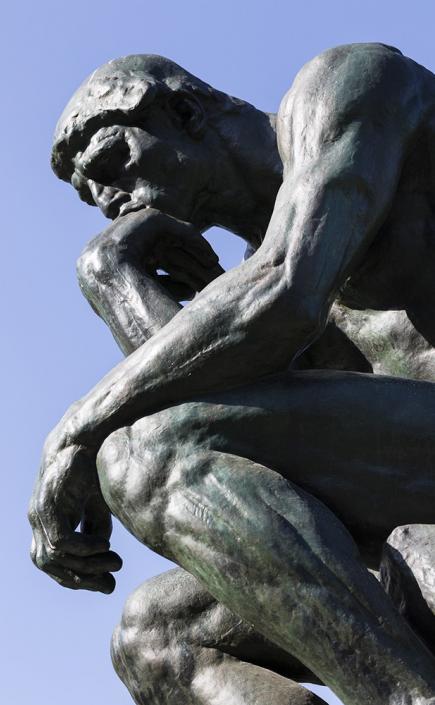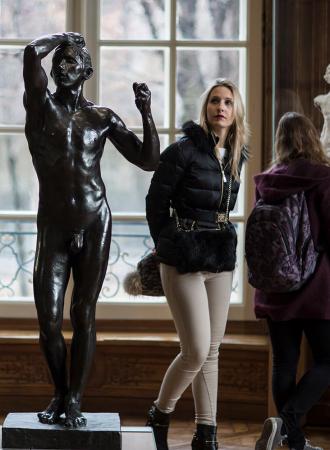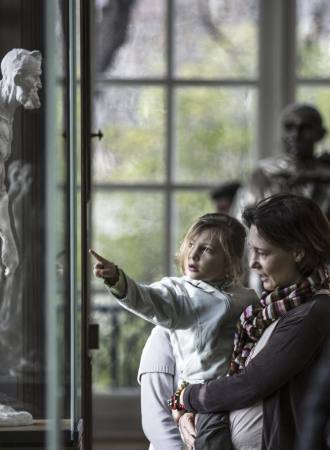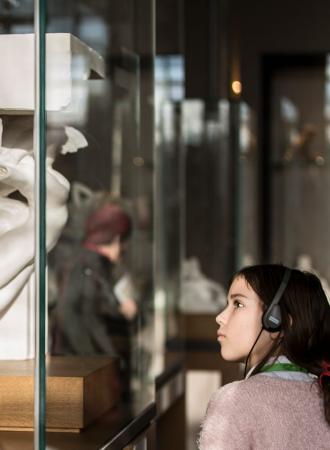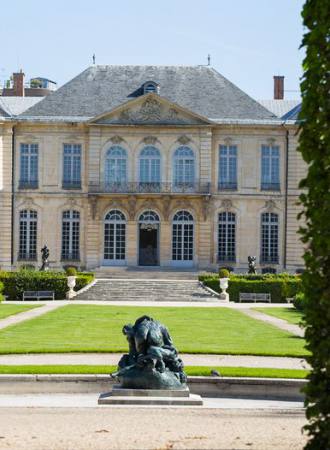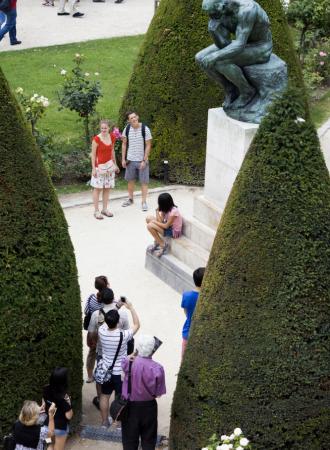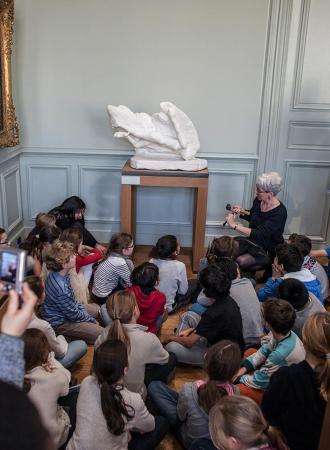Search the site
Danaïd
Auguste Rodin (1840-1917)
Marble carved by Jean Escoula.
Modelled for The Gates of Hell circa 1885, this figure was eventually excluded from the final version of the portal. Also known as The Spring, the sculpture was purchased by the Musée du Luxembourg, Paris, the museum reserved for works by living artists, after it was shown at the Salon in 1890.
Adapting a mythological theme – the daughters of Danaos, or Danaïds, were made to fill up a bottomless barrel with water in punishment for killing their husbands on their wedding night – Rodin above all constructed a feminine landscape by highlighting the curve of the back and neck.
Instead of representing the Danaïd in the act of filling the barrel, as in conventional iconography, Rodin depicts her despair as she realizes the pointlessness and absurdity of her task. Exhausted, she rests her head “like a huge sob” on her arm, while her outspread “liquid” hair, to quote Rilke, merges with the water from her overturned vase. The highly polished finish on the marble, carved by Jean Escoula, is in keeping with Rodin’s love of luminous modelling, without any shadowy hollows.
The ARTwork in the museum
Permanent collections – ground floor, Room 7
We cannot guarantee the presence of all our artworks; some may be out on loan.
Discover the themes related to the work
Date of conception :
1889, Marble in 1890
Dimensions :
H. 36 cm ; W. 71 cm ; D. 53 cm
Materials :
Marble
Inventory number :
S.1155 / Lux.90
Credits :
© Agence photographique du musée Rodin - Jérome Manoukian
Additional information
Iconography
- Danaïd(zip, 1180.2 ko)

